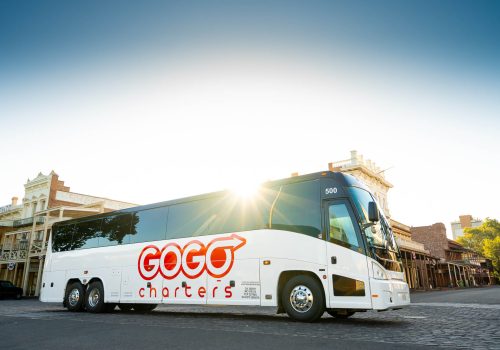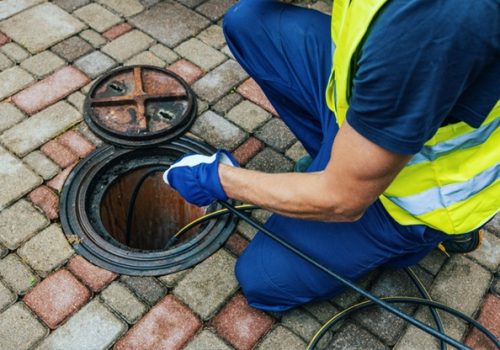Digital Foundations for Caring Communities: Senior Living Web Design & Marketing
In today’s interconnected world, a senior living website does more than present facts — it creates an emotional gateway that connects families and older adults to the heart of your community. A powerful senior living marketing strategy recognizes that your website must serve as both a trusted companion and a functional tool, reflecting the empathy and professionalism that define quality care.
At the core of this strategy lies senior living web design that is intuitive, welcoming, and human-centered. Visitors arrive with uncertainty, concern, and hope. By crafting a layout that feels warm and navigable, your website can become a place of reassurance. Thoughtful navigation, large readable fonts, and a calming visual tone foster a sense of calm, allowing families and prospective residents to explore care options, amenities, and community stories without feeling overwhelmed.
A responsible web design for senior living also prioritizes accessibility. Many older users, or their family members, may browse using devices with different screen sizes, or they may have visual or cognitive needs. Websites built with responsive design — incorporating high-contrast color schemes, clear headings, and accessible navigation — make interactions smoother and more inclusive. These design considerations are essential in ensuring your presence online feels as respectful and supportive as your care philosophy.
While a beautiful website is important, its reach depends on how well it can be discovered. That is where senior living SEO becomes indispensable. Families and decision-makers typically begin their journey with search engines — so your site needs to rank for the kinds of terms they use, such as “assisted living,” “memory care community,” or “retirement residence.” By optimizing content, meta tags, and page structure around these terms, you ensure your community shows up when trust and visibility matter most.
Technical SEO also deserves deep attention. Website speed, mobile responsiveness, secure hosting, and clean site architecture are not just performance details — they shape credibility. Search engines reward fast, well-built pages, and visitors appreciate a site that works reliably. Integrating structured content, schema markup, and thoughtful internal linking helps search algorithms understand your offerings, while also guiding users through logical, reassuring paths.
An effective senior living site isn’t just visually and technically sound; it is also emotionally resonant. Through carefully crafted content — blog articles, resident stories, FAQs, and care guides — you build an authentic voice that educates and supports. These resources empower families to make informed decisions while reinforcing your senior living marketing message. By weaving in targeted keywords within this content, you also strengthen your organic search presence and create a meaningful digital experience.
To convert that experience into engagement, the website must guide visitors gently toward action. A warm tone and clear calls-to-action — like “Schedule a Visit,” “Download Our Brochure,” or “Ask Us a Question” — invite connection without pressure. These invitations should be placed thoughtfully, embedded within pages that already communicate trust through images, staff bios, or community values. This alignment of design and messaging makes your senior living web design not just functional, but empathetic and effective.
Trust is a cornerstone of any decision in senior care, and your website should reinforce it at every turn. Showcasing testimonials, staff credentials, accreditations, and a virtual tour helps build credibility. These trust signals reassure visitors that your community combines warmth with professionalism, an essential balance for families making one of the most important decisions of their lives.
Security and ongoing maintenance are foundational. A website that is regularly updated, backed up, and protected against vulnerabilities reflects the same diligence and care as your physical community. Slow or insecure sites can erode trust; in contrast, a reliable site reinforces your commitment to safety and stability.
Finally, your digital presence should evolve. Analytics can reveal how users interact with the site — what they linger on, what they click, and where they drop off. By analyzing these patterns, you can make data-driven refinements: improving landing layouts, adjusting calls to action, or fine-tuning content to better match your audience’s needs. This continuous cycle of optimization strengthens your senior living marketing over time.
When web design, SEO, content, and usability come together seamlessly, your website becomes more than a digital address — it becomes a vital part of your mission. Thoughtful senior living web design, powered by strategic senior living SEO, ensures that your online presence not only attracts families, but also nurtures trust, fosters connection, and supports meaningful decisions.





